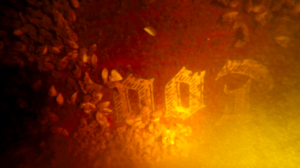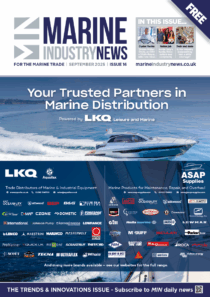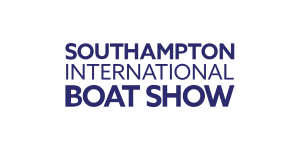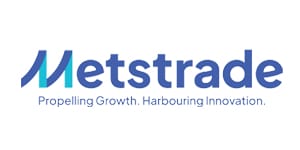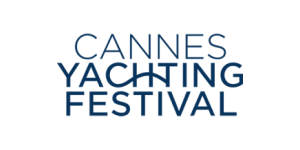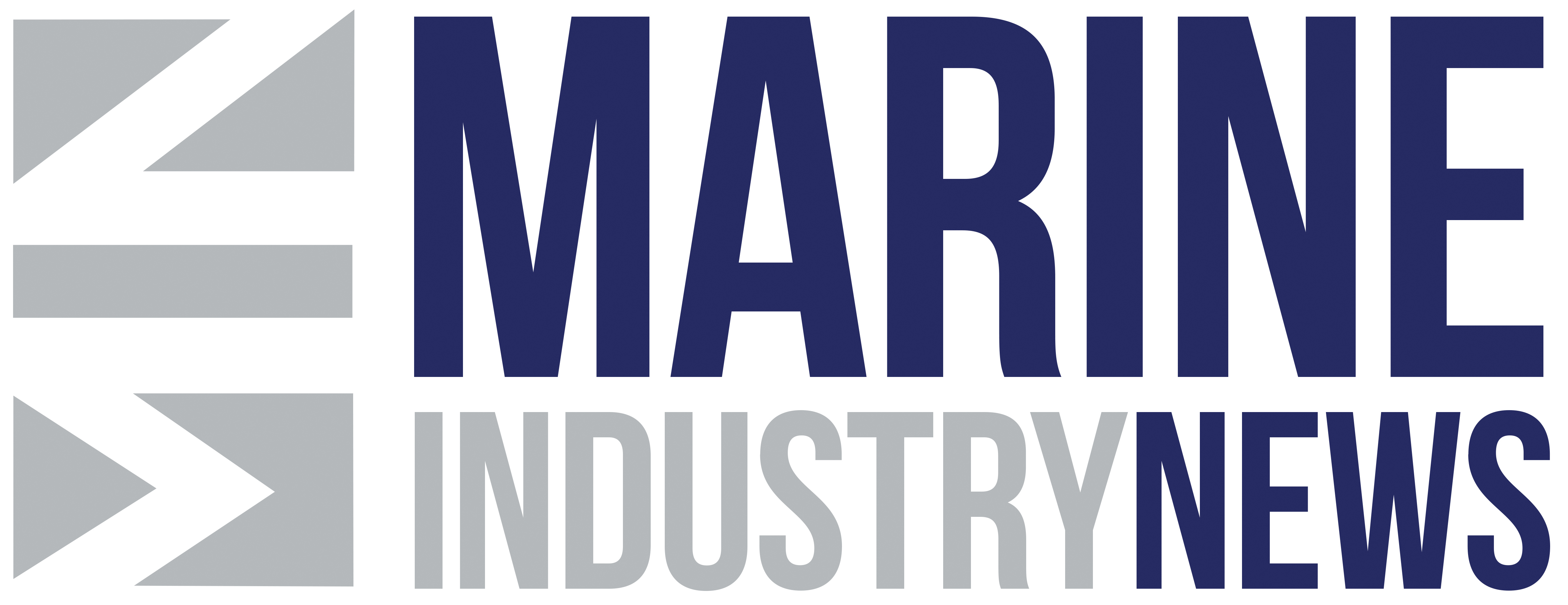In Focus: Software enables HP Watermakers’ growth in ‘conservative, niche market’

According to Gianni Zucco, co-founder of HP Watermakers, the introduction of the company’s software — the part-net interface — which allows end users to tap on a multi-function display (MFD) to produce fresh water from the sea, has changed the perspective of the way fresh water’s made onboard.
The system came to the market in 2019 and is now compatible with Garmin, Raymarine, Furuno, Simrad, B&G and Lowrance plotters. It is tech innovations like these that are fuelling the company’s growth strategy into what Zucco calls a challenging environment.
“The yachting industry is a very small niche market where everybody knows each other, and it is a very conservative environment,” he says. He gives the example of shipyard/supplier relationships. “If one shipyard has been working for a long period of time with a supplier, and their products are reliable and/or the service is impeccable, the evaluation of an alternative competitor product would be very difficult. The dynamics related to the after-sales service would always be a question mark for them.”

Zucco (pictured above) says even if a supplier delivers old-fashioned systems that are not very well supported, shipyards are loathe to change. He says this is the biggest challenge for his company, which is delivering tech-rich solutions for desalination. But he’s turning that to his advantage.
“Being such a small world, if you have a super technological product and you assist it impeccably, everybody will know it in zero time,” he notes.
“HP Watermakers has been studying and implementing technology since day one. We also see new implementation on the software side of our machines, which will help customers in an even better experience with its own watermakers.”
Zucco cites HP’s RP TRONIC (RPT) system as the most important technological innovation in the last 20 years.
“Usually, to operate a watermaker, the user was (and still is in non-RPT units) obliged to go to the engine room to start and stop and regulate the pressure.” But, says Zucco, “for more than 20 years, our customers have been able to start and stop the system directly from a remote control panel and, since 2019, directly from any MFD brand on the market.
“Without RPT this function could not have been implemented.
“RPT regulates the working pressure, making it rise to the set point in two minutes. It is able to maintain the pressure, even if the conditions of temperature and salinity are changing. It works when the boat is moving or if the boat is encountering water currents at anchor.
“Being installed at the end of the circuit, RPT opens completely once the stop button is pressed or tapped on the MFD, which allows the unit to get rid of all the salty water during the automatic flushing phase. This also lengthens the membrane’s lifespan.”

This development rode a long history of innovation. Zucco’s family has been in precision mechanical manufacturing since the 1950s in Milan, and since the end of the 1970s started producing parts for watermakers.
These included stainless steel manifolds for the high-pressure pumps (where the HP comes from in the name) and high-pressure vessels and fittings. The company was making these for European watermakers who started springing up in the latter part of the last century. In 1995 HP Watermakers started assembling its own watermaker line, putting together all the parts of our production.
While Zucco believes the company has always been ahead of the game with its tech, he says the marine trade has taken its own sweet time to catch up.
“In all these years, we always anticipated and made the technical solution in the market, and this is not always a good choice. Ten to 15 years ago we could have the best and most advanced product and prove it to the market, but sometimes the reaction was not always the one expected. Not everybody appreciates new technology and this sometimes has been an obstacle.”
That said, he’s delighted with 2019’s HP Genius. This system is able to produce purified cold mineral water and sparkling from the fresh water tank of a boat after the desalination process. These are dispensed directly from the tap.
According to Zucco’s reckonings, a family of four consumes about eight bottles of 1.5 litres every day in the summer. When this is multiplied by 30 days in a month, it’s equal to 240 bottles.
“These bottles would be wasted after use, so the quantity of plastic involved for a small family is already a lot. And that’s apart from the problems related to the quality of the bottled water, and all the transportation chain between the producer and the supermarket, carrying and stocking them on board.”
He then multiplies the bottle quotient for bigger boats.

“Nowadays, superyacht builders have taken this problem into serious consideration and builders like Sanlorenzo, Rossinavi or Palumbo are installing our GENIUS system onboard to avoid the plastic cycle on board, at least with regards for water of human consumption.”
These boatbuilders are following other 60ft plus yachts like Azimut, ALIA YACHTS, Benetti, Bering, Cranchi, Majesty Yachts, Mulder, Vanquish, and Wajer Yachts to name a few. HP Watermakers is also supplying commercial companies like BW EPIC Kosan, and military shipyards.
Zucco very much believes in growth through personal relationships. Although the company enjoys a global sales network stretching from New Zealand to Chile, he says “being a small market, we strongly believe in personal relationship and face-to-face meetings, so we have a programme covering boat shows and events directly or through our distributors. We have planned a programme of 20 boat shows and five B2B events during the year 2023, increasing it next year.”
He’ll be showcasing his next product at these, a Kilo watermaker which, with 900 watts consumption, is anticipated to be able to produce up to 120 litres an hour in order to let it run through small inverters. “This will give the opportunity to have a heavy-duty system working at 230V on batteries,” he says, and concludes: “We are all very proud of what HP Watermakers has become today.”

